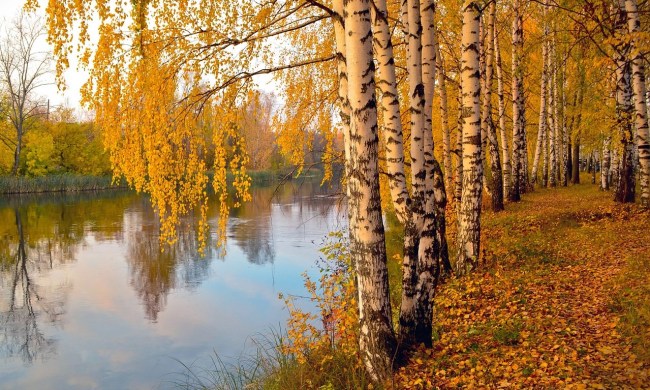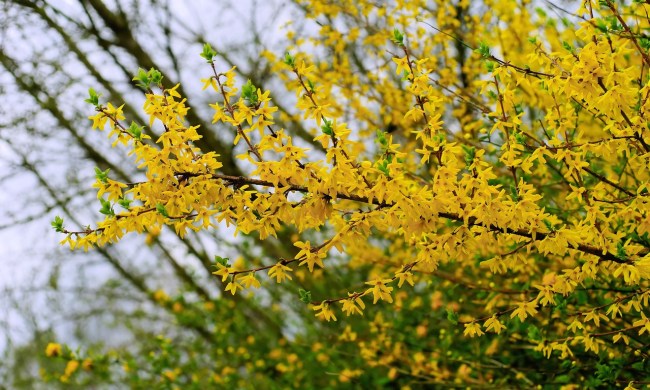Setting out bird feeders to support your local birds is a great way to improve the health of your garden. Other animals enjoy bird feeders too, especially squirrels. We can’t exactly blame them — squirrels eat many of the same things birds do, and your yard is their home as much as it is the birds'. If they’re not leaving enough for the birds, or if they’re getting too close to your home for your liking, then here’s how to make squirrel-proof bird feeders.

Suspending your bird feeder
Here’s how to make a suspended bird feeder that squirrels can’t reach:
Step 1: Hang a thin wire or clothesline between two trees or poles.
Step 2: Suspend the bird feeder in the middle.
Step 3: Cut the bottoms off of several plastic bottles.
Step 4: String the bottles onto the wire on either side of the bird feeder.
The bottles will roll as squirrels try to walk across them, but birds will have no trouble flying to the bird feeder.

Creating a baffle
If you already have a standing bird feeder, a conical baffle will keep squirrels away. Here’s how to make your own:
Step 1: Roll a sheet of flexible metal or plastic in a cone with a hole at the top.
The hole should be the width of the feeder pole. Instead of rolling your own, you can also cut a hole in the bottom of a metal bowl or large plastic bottle.
Step 2: Create a small ledge on the pole, at least 5 feet off the ground.
Depending on the material your bird feeder pole is made of, this ledge can be made by attaching a bracket or clamp to the pole, tying zip ties around it, or in the case of a wooden pole, nailing a nail partially into the pole. This ledge will hold the baffle up, so it doesn’t slide to the bottom of the pole. You can choose to attach your baffle directly to the pole, but this will make it more difficult to remove or replace the baffle as needed.
Step 3: Slide the cone down the pole of the bird feeder, so the point is facing upward and the bottom is flared around the pole.

Using a slinky
For a quick fix, here’s how to make a squirrel-proof bird feeder with a slinky:
Step 1: Attach a hook or clip to the top of the bird feeder pole.
Step 2: Tie or clip the top of the slinky to the hook or clip.
When the squirrel climbs up and hits the slinky, it will extend, lowering the squirrel back to the ground.
Squirrels eating from a bird feeder aren’t always an issue, but if the ones in your yard are a nuisance then these squirrel-proof bird feeders can help. These techniques can even help keep other animals out, such as raccoons or cats. If the squirrels aren’t causing other issues, though, you might want to consider just refilling your bird feeders more often or setting out extra feeders. Squirrels are native wildlife, too!




